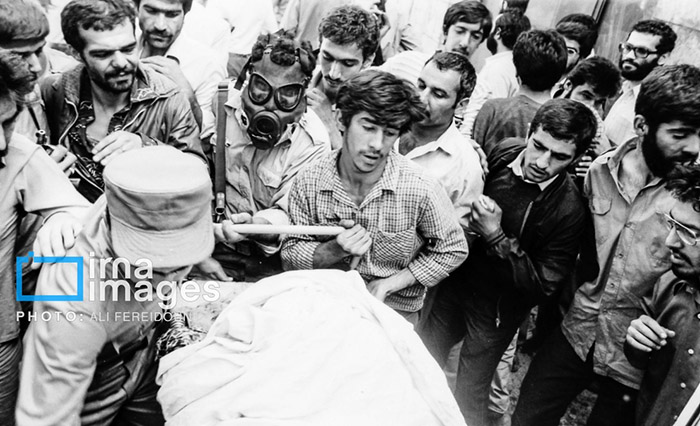Post-War Relations with Iraq
After the end of the Iran-Iraq War, the MEK continued to maintain close ties with Saddam Hussein’s regime. The group’s willingness to collaborate with Saddam, particularly in his repression of Iraqi Kurdish and Shi’a uprisings in the early 1990s, further alienated it from many Iranians and Iraqis. Despite its declining popularity, the MEK remained a significant military and political force in Iraq throughout the 1990s, with its members living in camps under Saddam’s protection.
The MEK’s Delisting as a Terrorist Organization and Current Status
In the aftermath of the U.S. invasion of Iraq in 2003, the MEK’s situation began to change. With Saddam Hussein’s regime toppled, the group lost its primary sponsor and faced increasing pressure from the new Iraqi government, which was closely aligned with Iran. The U.S. initially disarmed the MEK and placed its members under protective custody, but the group’s status as a terrorist organization remained a point of contention.
Delisting as a Foreign Terrorist Organization
For years, the MEK lobbied extensively to be removed from the U.S. State Department’s list of Foreign Terrorist Organizations, arguing that it had renounced violence and was committed to democratic change in Iran. In 2012, after years of legal and political battles, the U.S. government officially delisted the MEK, citing its renunciation of violence and the absence of any recent terrorist activity.
While the MEK celebrated the delisting as a victory, the U.S. State Department continued to express concerns about the group’s internal practices, particularly allegations of cult-like behavior and the mistreatment of its members. Critics have accused the MEK’s leadership of maintaining strict control over its followers, enforcing rigid discipline, and isolating members from their families.

